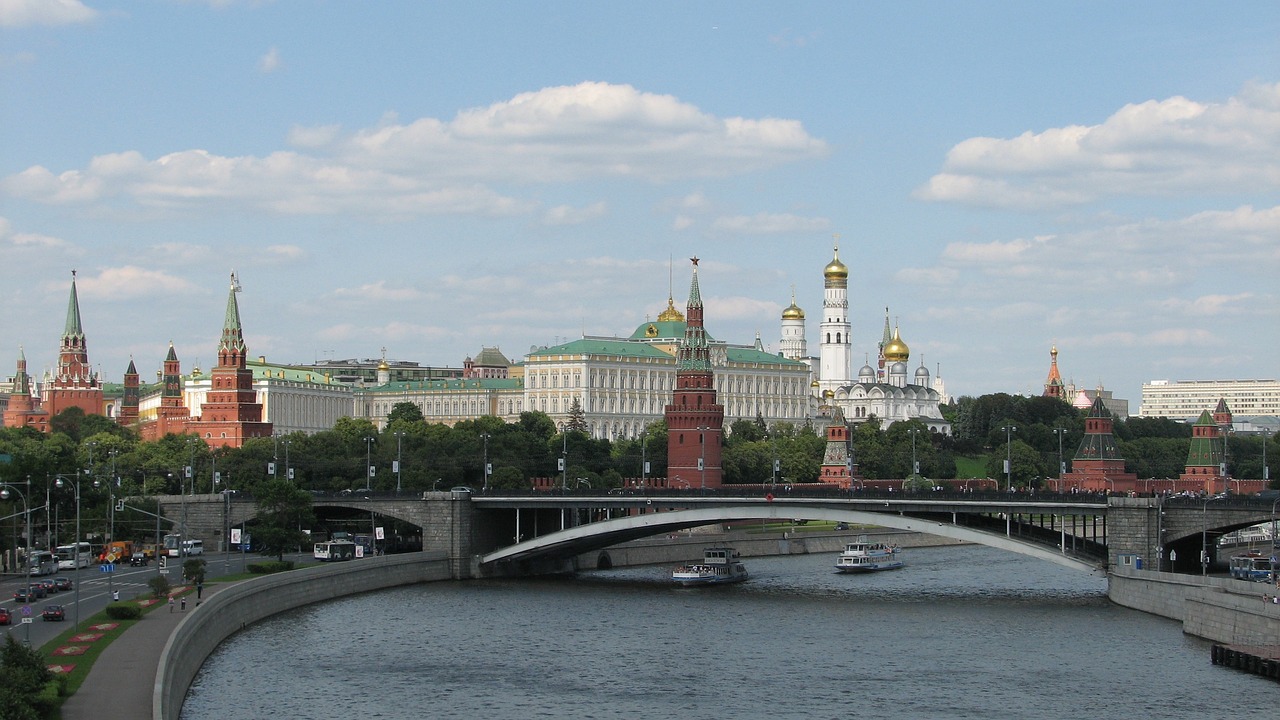The Berlin Wall, once a symbol of division and political strife, now stands as an emblem of unity and progress in the heart of Germany’s vibrant capital, Berlin. Its remnants, adorned with graffiti and surrounded by memorials, invite travelers from the United States, India, and beyond to delve into a narrative that intertwines global politics, personal stories, and the relentless spirit of freedom.
In August 1961, the German Democratic Republic (GDR) erected the Berlin Wall, casting a concrete shadow over the city. This formidable barrier, stretching over 140 kilometers, not only divided East and West Berlin but also became a stark manifestation of the Cold War tensions between the Soviet Union and the Western Bloc. The wall curtailed freedom, separated families, and became a lethal hurdle for those seeking escape from the repressive regime in the East.
Today, as you walk along the remnants of the Wall, particularly the East Side Gallery, the world’s longest open-air gallery, you witness a transformation. What was once a symbol of oppression is now a canvas for artists expressing messages of hope, peace, and unity. The murals, vivid and evocative, tell stories of a world yearning for freedom, making the East Side Gallery a must-visit for anyone keen on understanding the emotional and political landscape of the Cold War era.
A visit to the Berlin Wall Memorial on Bernauer Strasse offers a deeper insight into the historical context. Here, you can explore preserved sections of the Wall, an original watchtower, and an exhibition that recounts the Wall’s history and its impact on Berlin’s populace. The memorial stands as a poignant reminder of the lives lost and the resilience of those who stood against the divide.
For a comprehensive understanding, the Checkpoint Charlie Museum, located at the most famous crossing point between East and West Berlin, is an essential stop. The museum not only details the history of the Berlin Wall but also pays tribute to the ingenious escape attempts made by East Germans, ranging from hot air balloons to modified cars.
As you explore, it’s hard to miss the contrast between the historic sites and the modern, bustling city that Berlin has become. The city’s transformation from a divided metropolis to a symbol of reunification and progress is nothing short of remarkable. This juxtaposition serves as a living history lesson, highlighting the resilience of Berlin and its people.
Beyond the historical significance, the Berlin Wall is also a testament to the city’s cultural evolution. The areas surrounding the Wall, especially in East Berlin, have flourished into hubs of creativity, hosting vibrant art scenes, eclectic cafes, and unique shopping experiences. Areas like Kreuzberg and Friedrichshain, once shadowed by the Wall, now pulse with life, offering an array of cultural experiences that reflect Berlin’s dynamic and diverse character.
When planning a visit, consider these practical travel tips:
- Best Time to Visit: Spring and autumn offer pleasant weather and fewer crowds.
- Getting Around: Berlin’s public transport system is efficient and covers all major sites.
- Language: While German is the official language, English is widely spoken, especially in tourist areas.
In conclusion, the Berlin Wall is not just a relic of the past but a living monument that resonates with the stories of struggle and triumph. It offers a unique opportunity for travelers from all corners of the world to witness the enduring spirit of a city that has turned its darkest chapter into a beacon of hope and unity. As you trace the footsteps of history along the remnants of the Wall, you’re not just exploring a place but experiencing a powerful story of resilience and rebirth



